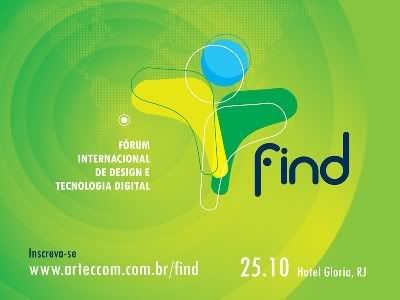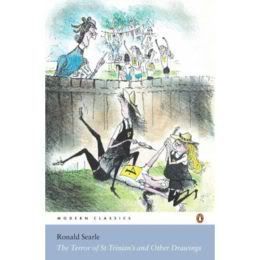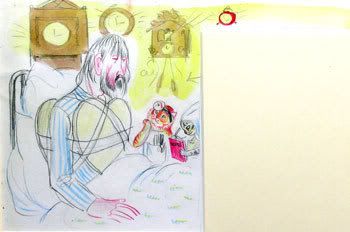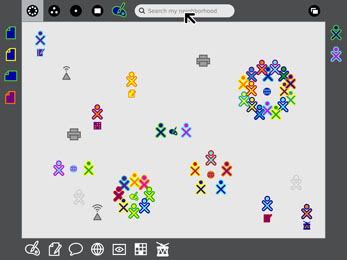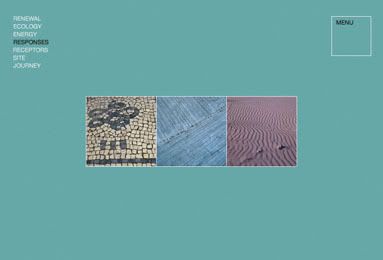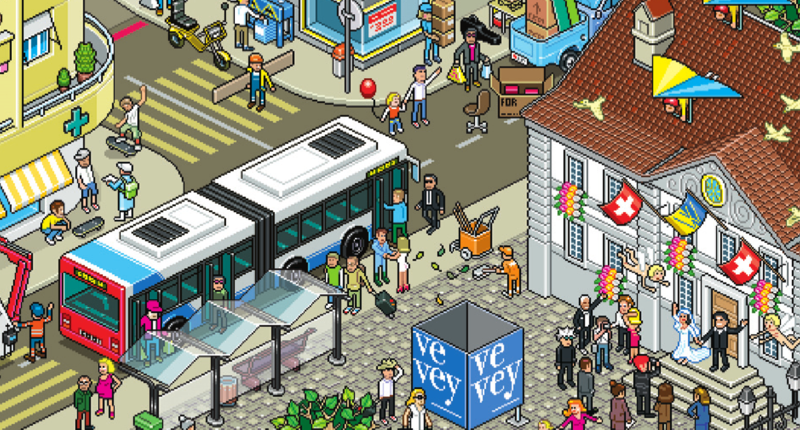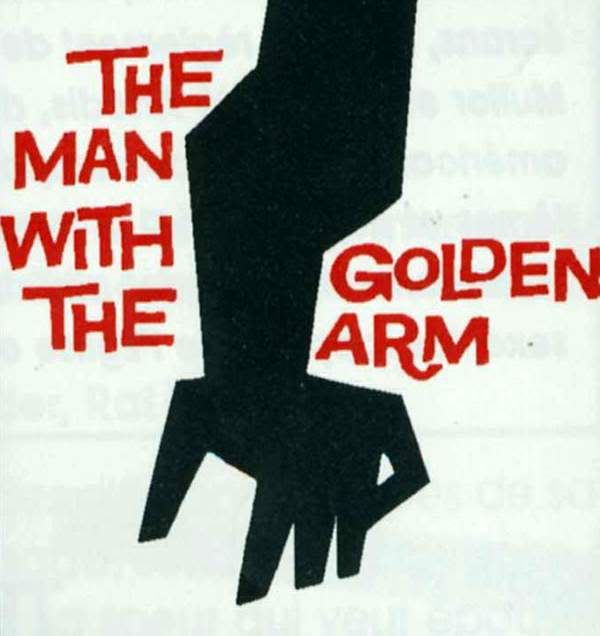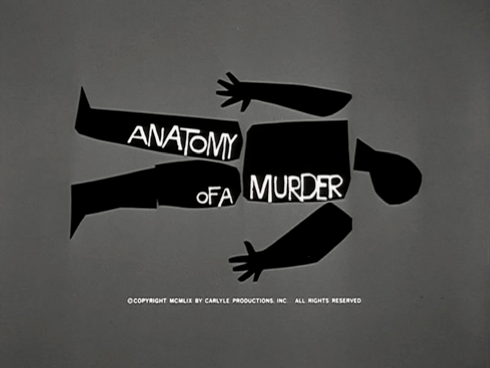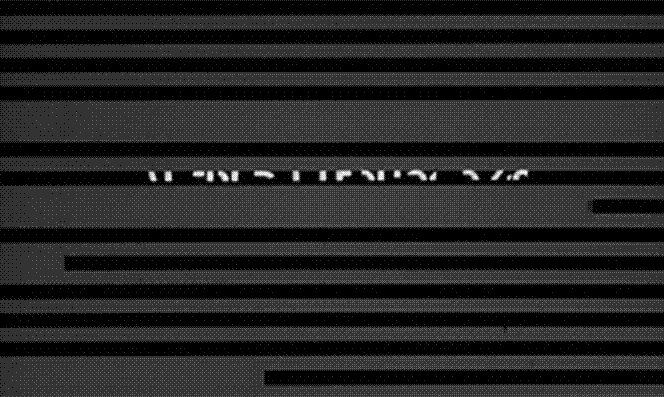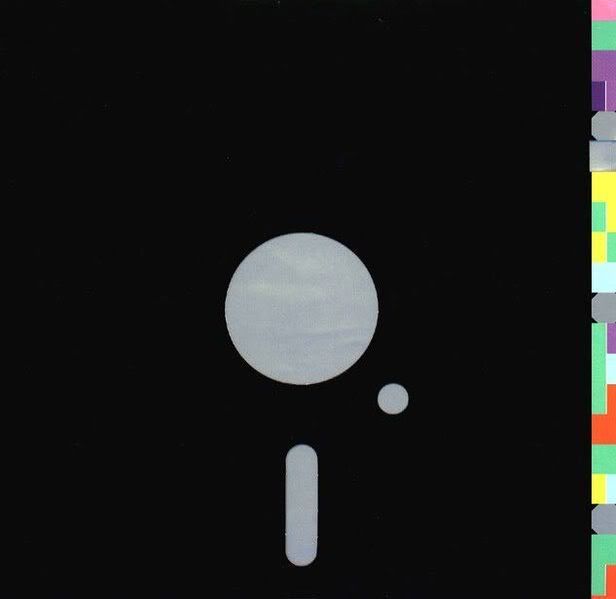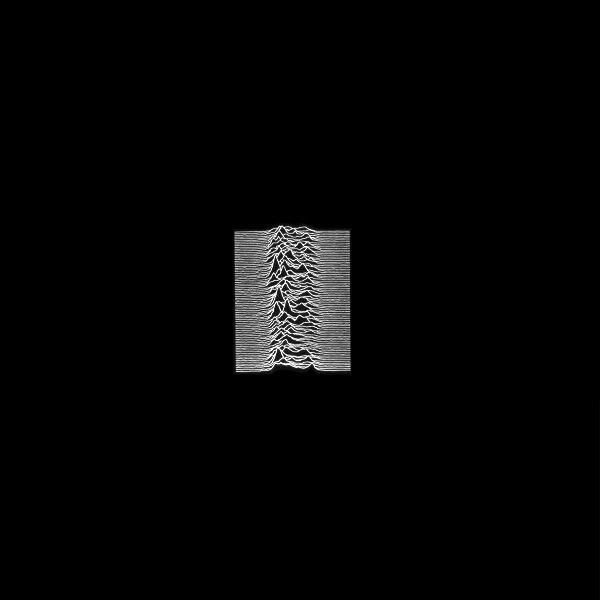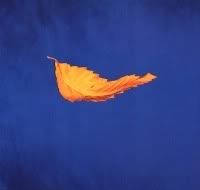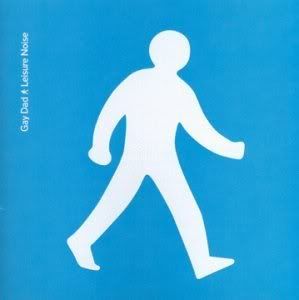Named as one of the 21 most important people in the 21st century by Esquire, John Maeda is perhaps most well known for his work in Design & Technology - a subject that explores the areas in which the two fields merge.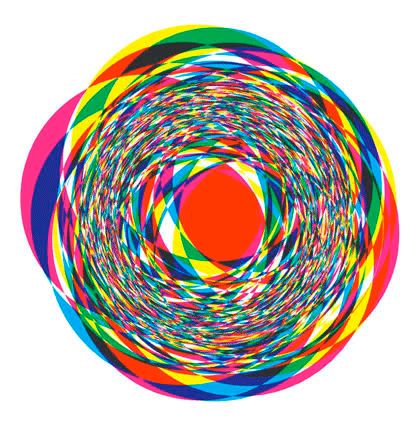
Maeda's "Fireball"
His work may at first seem far from simple...despite the focus of his latest research project entitled "Simplicity". However some particulars of his work are very interesting, at least on a purely aesthetic level. For instance his piece titled "Fireball" is one such image. In essence the image is a seemingly simple composition, yet the concept behind such work seems less so. In the image below, we can see how his style of working is adopted in a more commercial context.
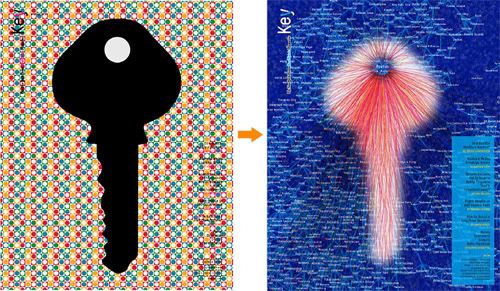
Design Process: "Key" cover
From this image we see how Maeda's very technologically-based style is formed from something quite mundane and perhaps predictable. This is just one example of how Maeda takes his work in an altogether different direction from that taken by his peers, yet retains the same purposes and practical qualities. To say this work is interesting is an understatement. Particularly when we look at some of his other works. For example Maeda's Infinity is one such piece.

"Infinity"
At first glance this may look like many different things...kinda like an ink blot test in the sense that different people may see different things. However the stark contrast of the white on black background is very eye-catching and appears to have at least a faint link to mobius strip/band. When in fact it has a closer relation to the bezier curve, as after all as Meada himself writes "My black and white image was comprised of 10,000 loops of a Bezier curve.", (http://weblogs.media.mit.edu/SIMPLICITY/archives/000148.html) Also as this post suggests the image is a comment on time and space. As I mentioned previously...the concepts behind Maeda's work are very complex.
All in all some very intriguing works, and an area which may be of direct interest to my own practice, if not a little complex for my usual aesthetics-based style.



